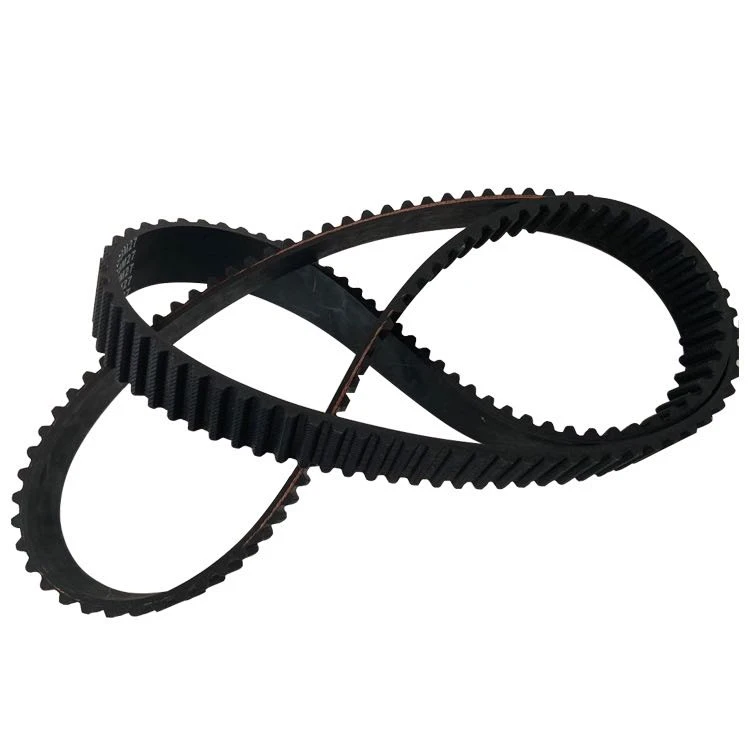- Arabic
- French
- Russian
- Spanish
- Portuguese
- Turkish
- Armenian
- English
- Albanian
- Amharic
- Azerbaijani
- Basque
- Belarusian
- Bengali
- Bosnian
- Bulgarian
- Catalan
- Cebuano
- Corsican
- Croatian
- Czech
- Danish
- Dutch
- Afrikaans
- Esperanto
- Estonian
- Finnish
- Frisian
- Galician
- Georgian
- German
- Greek
- Gujarati
- Haitian Creole
- hausa
- hawaiian
- Hebrew
- Hindi
- Miao
- Hungarian
- Icelandic
- igbo
- Indonesian
- irish
- Italian
- Japanese
- Javanese
- Kannada
- kazakh
- Khmer
- Rwandese
- Korean
- Kurdish
- Kyrgyz
- Lao
- Latin
- Latvian
- Lithuanian
- Luxembourgish
- Macedonian
- Malgashi
- Malay
- Malayalam
- Maltese
- Maori
- Marathi
- Mongolian
- Myanmar
- Nepali
- Norwegian
- Norwegian
- Occitan
- Pashto
- Persian
- Polish
- Punjabi
- Romanian
- Samoan
- Scottish Gaelic
- Serbian
- Sesotho
- Shona
- Sindhi
- Sinhala
- Slovak
- Slovenian
- Somali
- Sundanese
- Swahili
- Swedish
- Tagalog
- Tajik
- Tamil
- Tatar
- Telugu
- Thai
- Turkmen
- Ukrainian
- Urdu
- Uighur
- Uzbek
- Vietnamese
- Welsh
- Bantu
- Yiddish
- Yoruba
- Zulu
Kas . 07, 2024 07:57 Back to list
How to Effectively Replace a V-Belt in Your Machinery
Replacing V-Belts A Comprehensive Guide
V-belts are essential components in numerous machines and vehicles, serving as power transmission elements between pulleys. Their design, which features a trapezoidal cross-section, allows for efficient grip and minimal slippage, helping to transfer rotational energy from one part of a system to another. However, like all mechanical components, V-belts wear over time and require replacement to ensure optimal performance. This article will guide you through the process of replacing V-belts, the signs that indicate it's time for a replacement, and some maintenance tips to prolong the lifespan of your belts.
Understanding V-Belts
Before diving into the replacement process, it is crucial to understand the role of V-belts. They are widely prevalent in various applications, including automotive engines, industrial machinery, and HVAC systems. V-belts can often be found connecting components like alternators, water pumps, and compressors. The effectiveness of the belt affects the performance of the entire system, impacting everything from fuel efficiency in cars to operational productivity in industrial settings.
Signs It’s Time to Replace Your V-Belt
Preventative maintenance is the best way to avoid unexpected failures. Here are some indicators that your V-belt may need replacing
1. Cracking and Fraying Visual inspections can reveal cracks on the surface or fraying on the edges. Such wear indicates that the belt's integrity is compromised and may lead to failure.
2. Squealing Noise If you hear a squealing sound from the engine compartment, it may indicate a worn-out belt slipping against the pulleys.
3. Decreased Performance Signs such as an overheating engine or poor electrical performance can signify that the V-belt is not transmitting power effectively.
4. Visible Wear and Glazing Belts that have a shiny, glazed appearance indicate wear that reduces traction.
5. Belt Stretch Over time, V-belts can stretch, becoming loose and causing slippage. If you can easily lift the belt off the pulleys, it may need replacement.
Tools Required for Replacement
Before beginning the replacement, gather the necessary tools - Replacement V-belt of the right size - Socket set or wrench - Screwdrivers (flathead and Phillips) - Belt tension gauge (optional) - Safety gloves and goggles
replacing v belt

Step-by-Step Replacement Process
1. Preparation Ensure the machine or vehicle is turned off, and disconnect the battery if working on an automotive application for safety.
2. Access the Belt Depending on the machine, you may need to remove covers or other components to reach the V-belt.
3. Loosen the Tension Most V-belts are held under tension. Use the appropriate tool to loosen the tensioner pulley, allowing the belt to be removed.
4. Remove the Old Belt Once the tension is released, carefully take the old belt off the pulleys. Observe how the belt routes through the pulleys, as you will need to replicate this arrangement when installing the new one.
5. Install the New Belt Route the new V-belt through the pulleys in the same manner as the old one. Ensure it sits properly in the groove of each pulley.
6. Reapply Tension Adjust the tensioner pulley to apply adequate tension to the new belt. The belt should have slight give but should not be overly loose.
7. Test the Installation Before closing everything up, start the engine and observe the belt in motion. Listen for any unusual sounds, and watch for proper alignment.
8. Final Checks After confirming everything is functioning as it should, reassemble any covers or components removed during the process.
Maintenance Tips for Longevity
To prolong the lifespan of your V-belt - Regularly inspect for signs of wear and tension. - Keep pulleys clean and free from debris. - Align pulleys properly to prevent undue stress on the belt. - Follow the manufacturer's recommendations for replacements based on hours of operation or mileage.
Conclusion
Replacing V-belts may seem daunting, but with the right tools and knowledge, it can be a straightforward process. Regular maintenance and timely replacements can prevent unexpected breakdowns, ensuring that your machinery or vehicle runs smoothly. Remember that a well-functioning V-belt contributes significantly to the efficiency and longevity of the entire system.
-
Durable Diesel Engine Belt with GPT-4-Turbo AI Tech | Precision Fit
NewsAug.04,2025
-
High-Quality Tensioner Belt Pulley - Durable & Efficient
NewsAug.03,2025
-
Premium Timing Belt Factory | AI-Optimized Solutions
NewsAug.02,2025
-
Premium Custom V Belts Enhanced with GPT-4 Turbo AI
NewsAug.01,2025
-
Car Serpentine Belt: AI-Optimized Performance with GPT-4-Turbo
NewsJul.31,2025
-
Heat Joining Drive Belt | High-Durability Fusion Solution
NewsJul.31,2025

